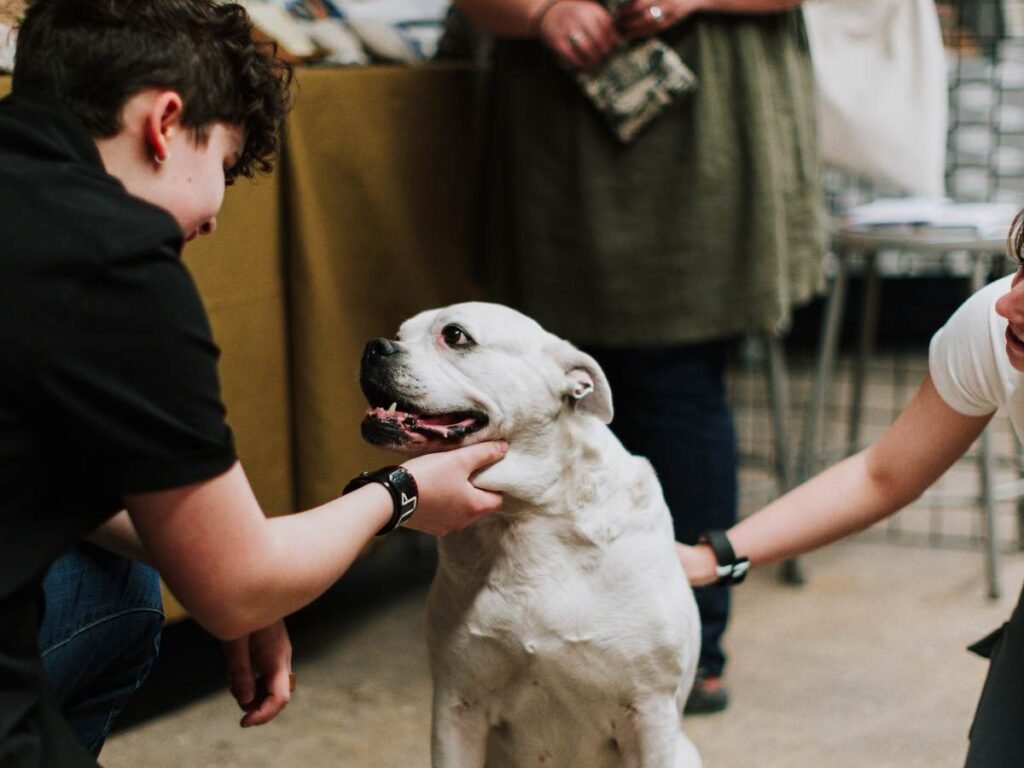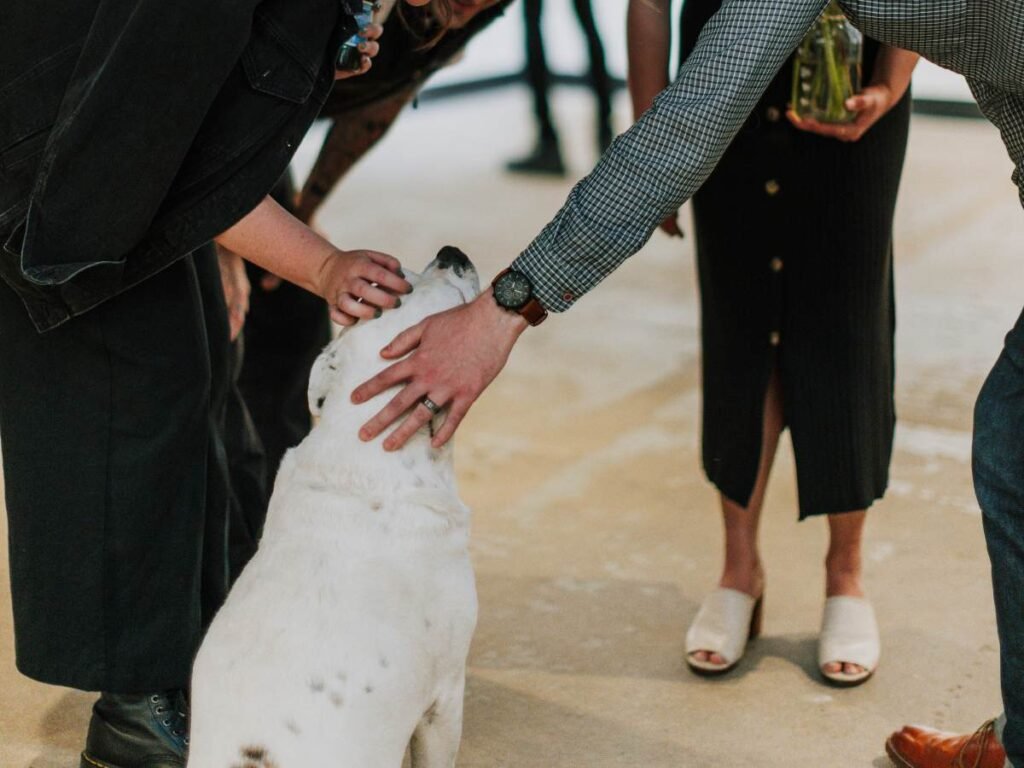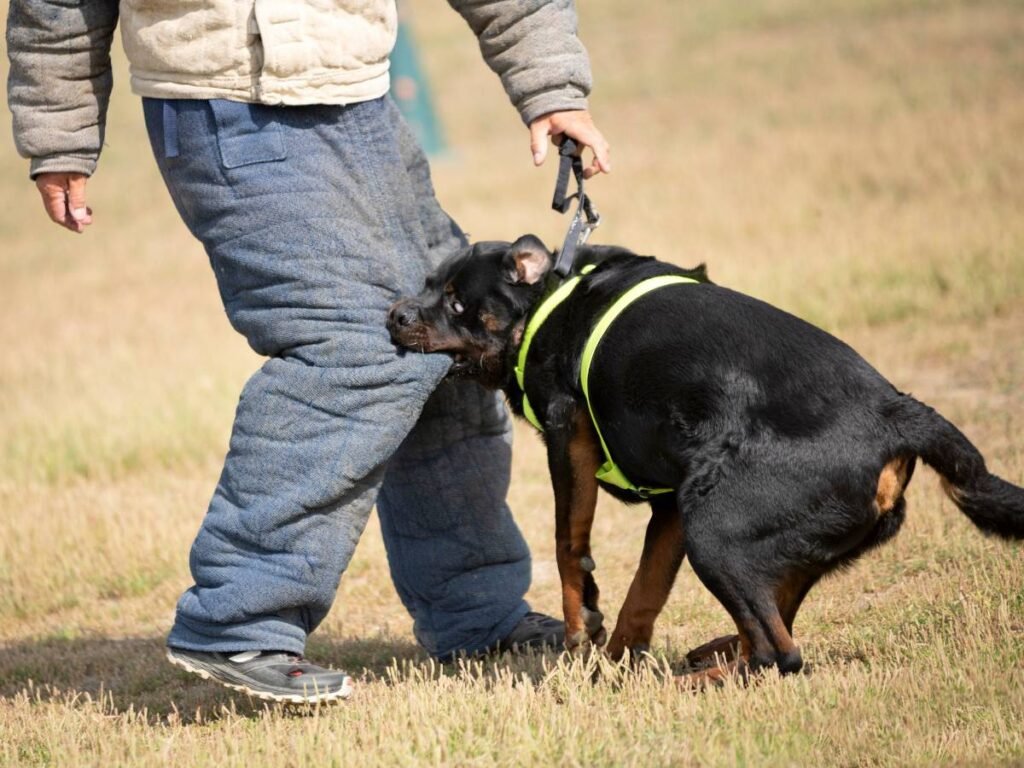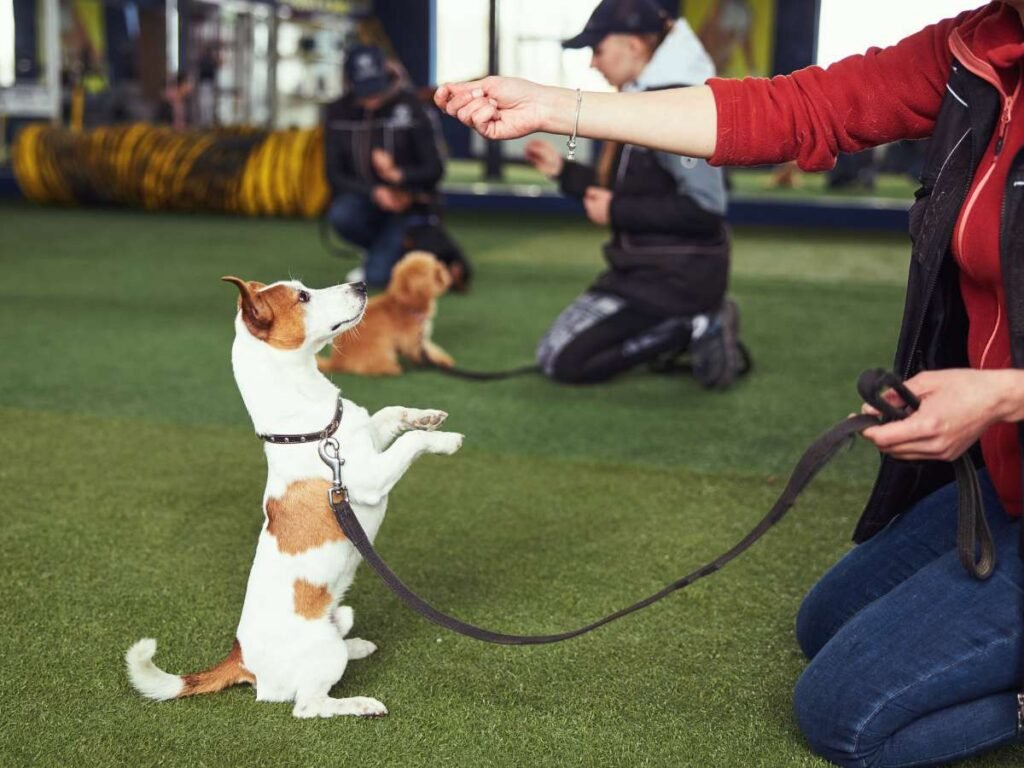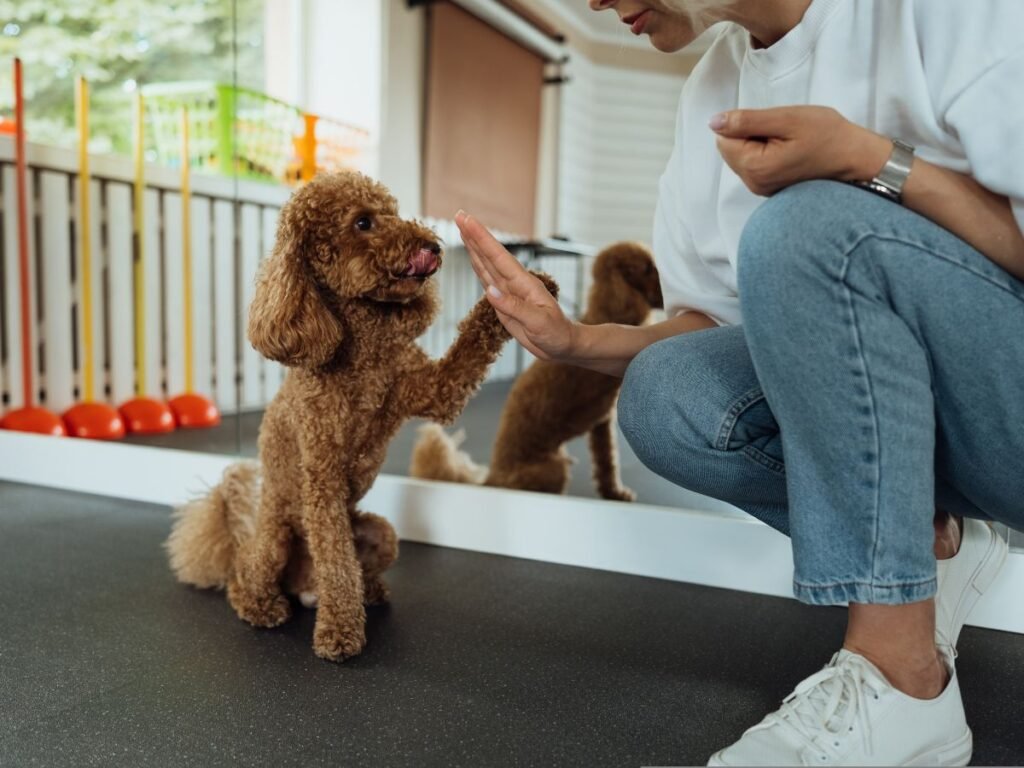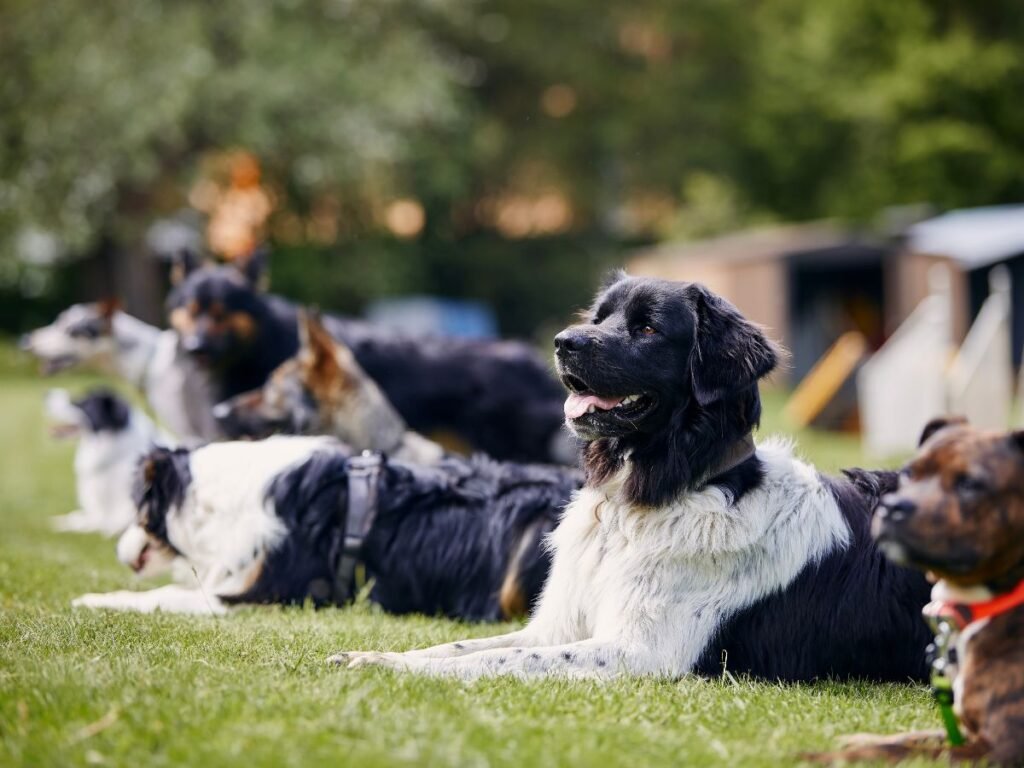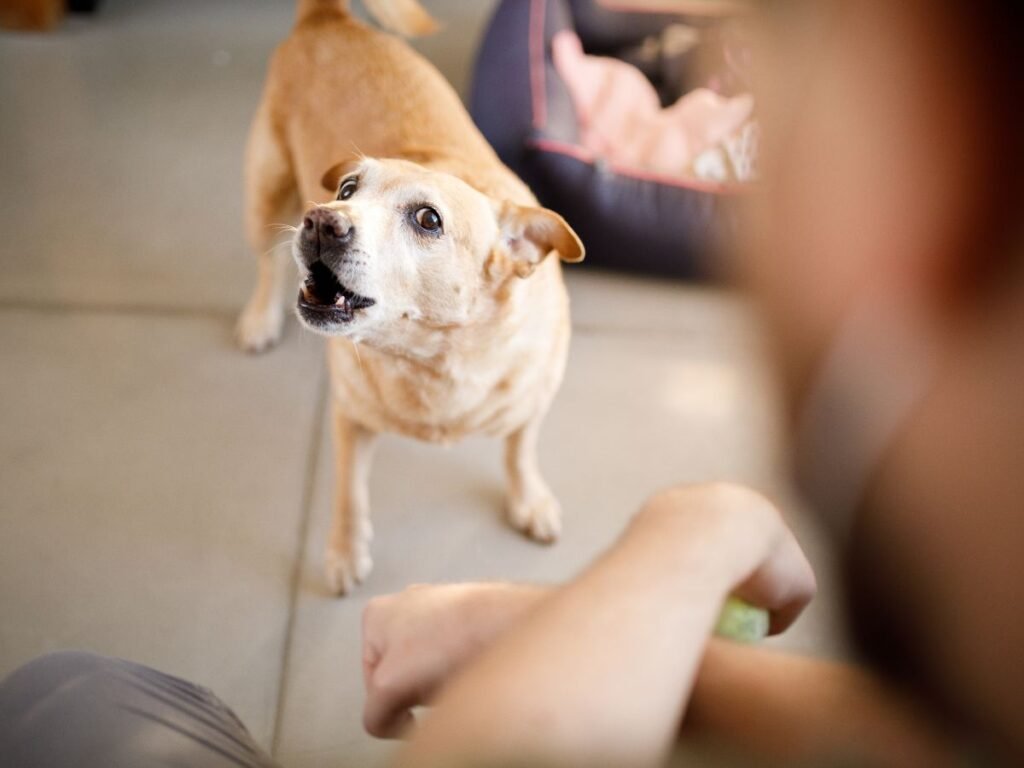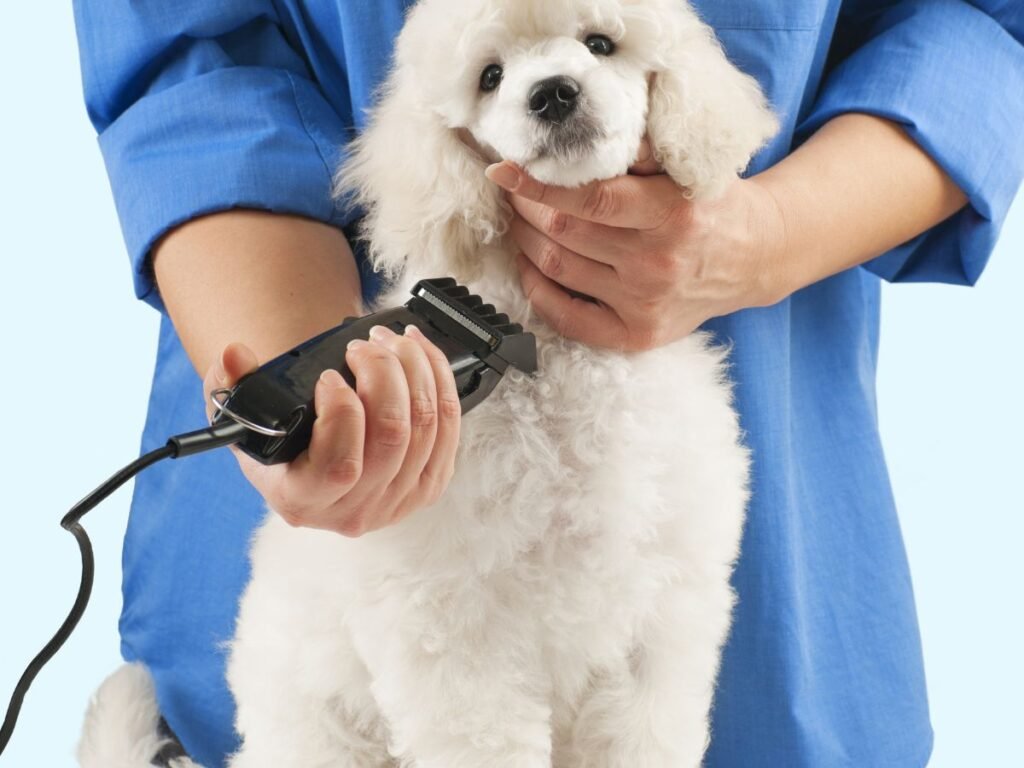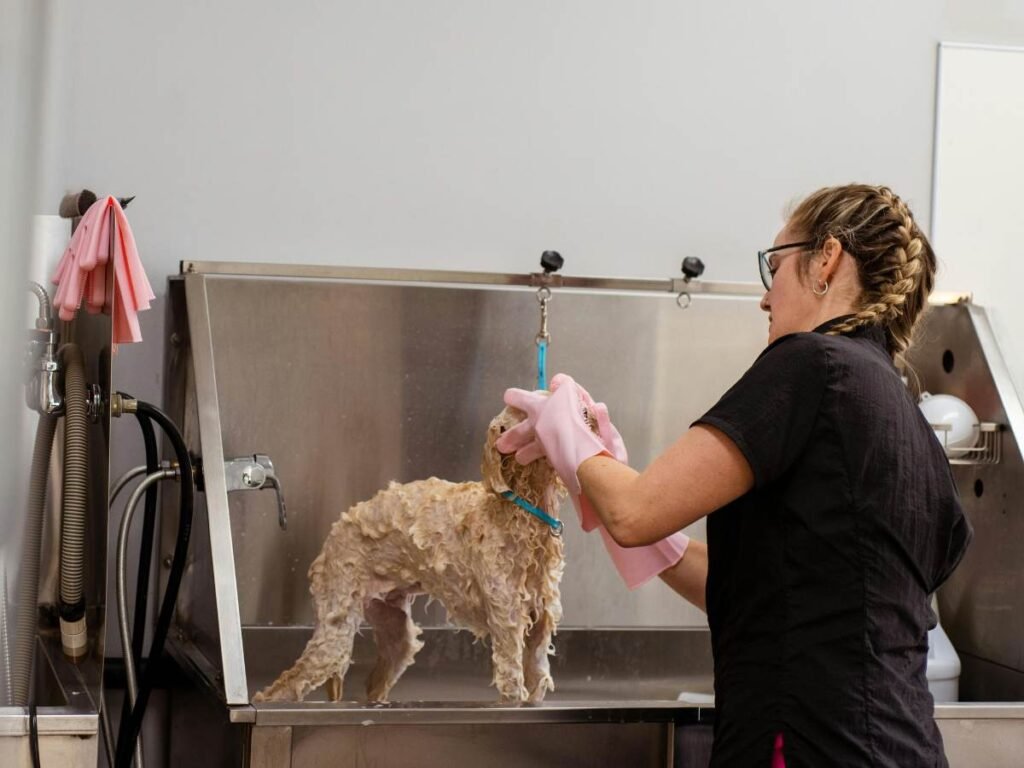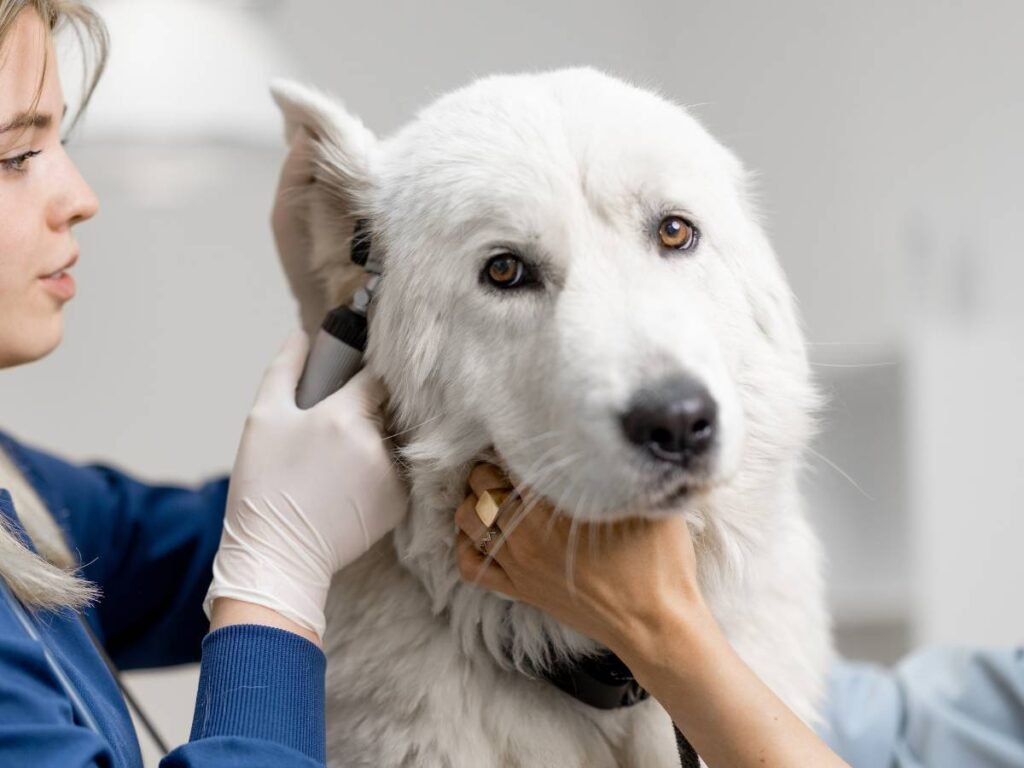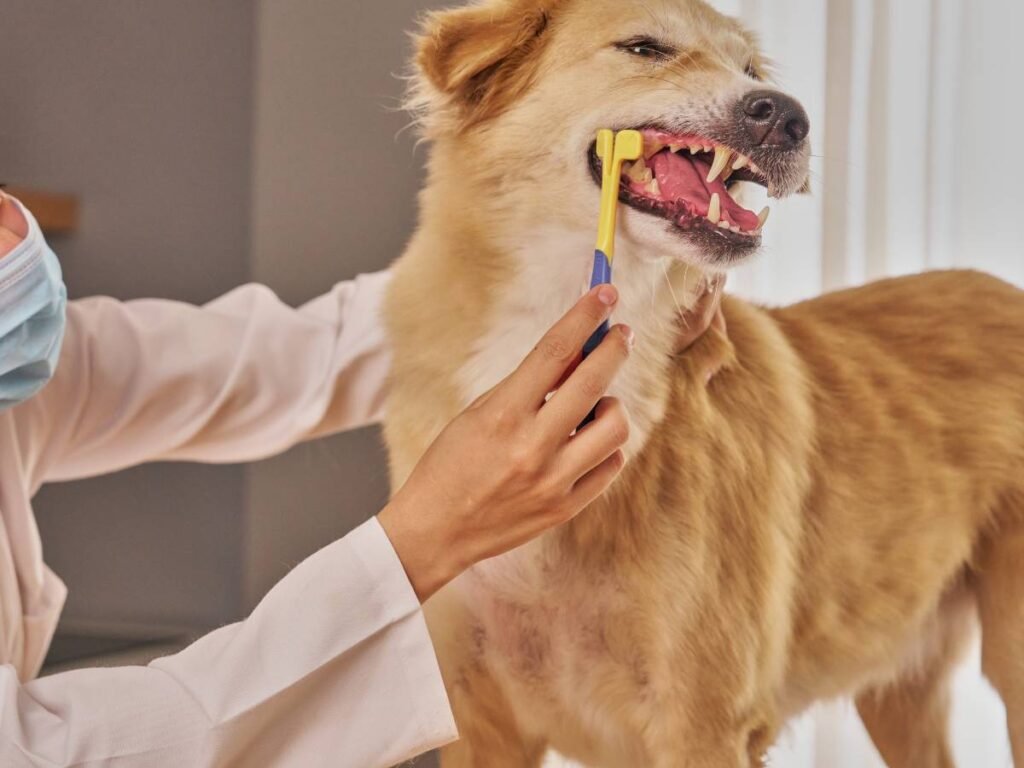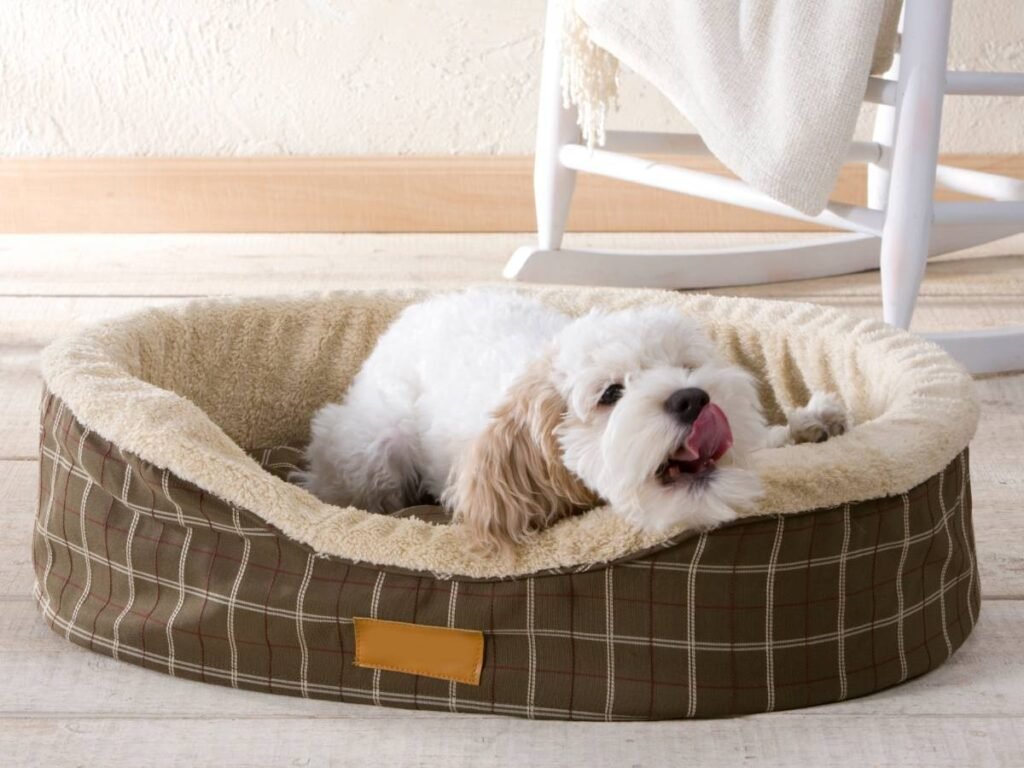How to Stop My Dog From Pulling on the Leash: A Practical Guide for North York Dog Owners
Leash pulling is one of the most common concerns dog owners in North York share—especially in busy neighbourhoods where distractions are everywhere. Whether you walk through Yonge Street, the parks of Bayview Village, or residential streets in Willowdale, a dog that constantly pulls can make walks stressful instead of enjoyable. Many pet parents ask this question during grooming appointments at Hello Pets Inc., often unsure whether pulling is caused by excitement, anxiety, lack of training, or simply habit.
The good news is that leash pulling is fixable. With consistency, the right techniques, and a bit of patience, your dog can learn to walk politely beside you. This guide explains why dogs pull, how you can correct the behavior, and when to seek professional support through certified dog trainers in North York.
Why Dogs Pull on the Leash
Dogs pull—and keep pulling—for several reasons, many of which are completely natural. Understanding the cause of the behavior helps you address it more effectively.
1. Excitement and Overstimulation
Many dogs get excited when they see new sights, smells, or other animals during a walk. This excitement can lead to pulling as they try to investigate everything at once.
Dogs with excess energy are more likely to pull, so burning off excess energy through play or exercise before walks can help them focus and behave better on the leash.
2. Lack of Early Leash Training
If a dog was never taught how to walk politely on a leash, pulling can become a habit. Starting leash training as a puppy helps prevent pulling habits from developing, making walks more enjoyable as your dog grows.
3. Dogs naturally walk faster than humans
Their average walking speed is significantly higher than ours, so they often move ahead simply to explore faster.
4. Pulling gets rewarded
If your dog pulls and you continue walking, the environment rewards them. They learn that pulling gets them where they want to go.
5. Excitement and overstimulation
Busy areas, people, squirrels, and scents can overwhelm your dog’s senses, leading them to surge ahead.
6. Lack of early leash training
Many dogs are not taught how to walk on a loose leash during puppyhood, so the behavior becomes habitual.
7. Anxiety or fear-based behavior
Some dogs pull because they feel stressed or want to escape a situation quickly.
Step-by-Step Methods to Stop Leash Pulling
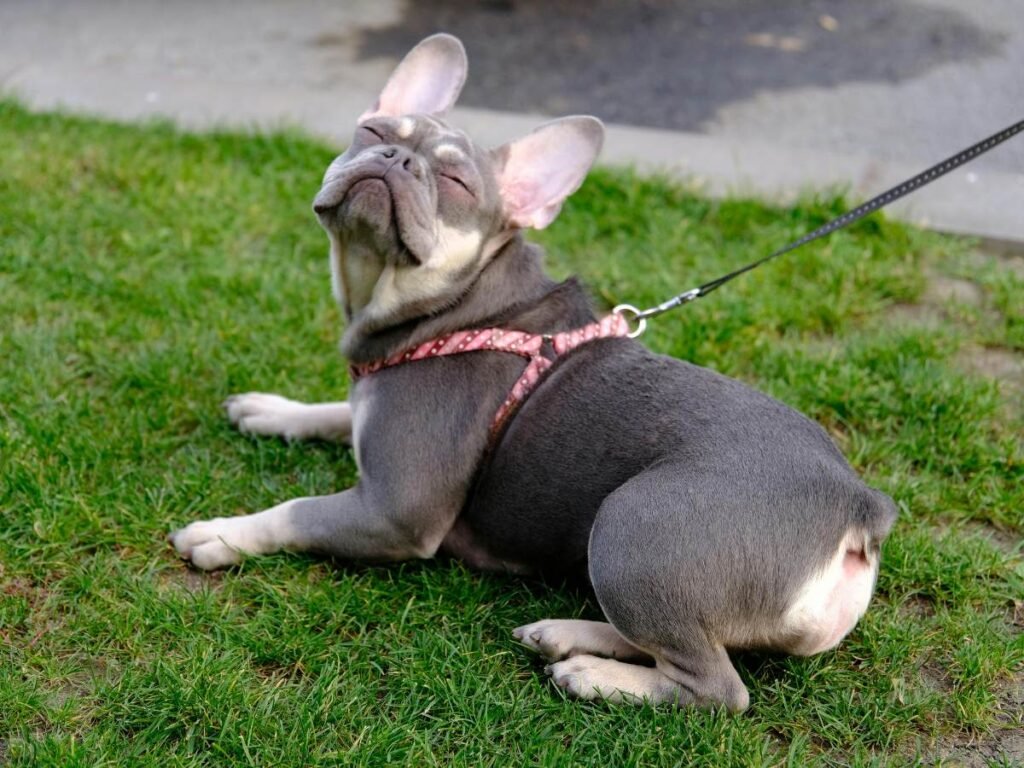
Training your dog not to pull requires repetition and consistency. Below are practical, beginner-friendly techniques that work well for dogs of all breeds and ages.
1. Start with Proper Equipment
While equipment alone does not train your dog, the right tools make learning easier.
Consider using:
- A well-fitted harness with a front clip
- A fixed-length leash (avoid retractable leashes during training)
- High-value treats for rewarding good behavior
Avoid choke chains or prong collars, as they may cause discomfort or stress and do not teach proper leash manners.
2. Teach the “Stop and Go” Method
This method teaches your dog that pulling stops all movement.
How it works:
- Begin walking with your dog on a loose leash
- The moment the leash becomes tight, stop walking
- Stand still and wait for your dog to look back or return
- As soon as the leash loosens, praise and continue walking
This creates a clear rule: Pulling equals no progress.
3. Use the “Change Direction” Technique
This method keeps your dog focused on your movement instead of everything around them.
Steps:
- Start walking
- When your dog pulls, turn and walk in the opposite direction
- Encourage your dog to follow using your voice
- Praise them when they return to your side
Over time, your dog learns that paying attention to you is rewarding.
4. Reward Good Positioning
Dogs repeat behaviors that earn rewards. Encourage them to stay beside you by reinforcing calm walking.
Tips:
- Give treats when they walk by your side
- Use verbal praise and a calm tone
- Reward frequently in the early stages
- Gradually reduce treats as the habit forms
This builds a positive association with loose-leash walking.
5. Practice in Low-Distraction Areas First
Training outdoors in a busy North York neighborhood can be tough for beginners. Start indoors, then move to quieter streets before practicing near parks or busy sidewalks.
Good progression:
- Inside your home
- Backyard or hallway
- Quiet residential street
- Busier areas like shopping districts or parks
Your dog’s success depends on gradually increasing the difficulty level.
6. Exercise Before Walking
Some dogs are simply too energetic to focus, especially young dogs or high-energy breeds.
Try:
- Quick play sessions
- Mental stimulation (puzzle toys or obedience practice)
- Short training drills
A tired mind is more willing to listen and learn.
7. Avoid Accidentally Reinforcing Pulling
Many pet parents unintentionally reward pulling by continuing to walk or letting their dog reach a desired spot.
Try to avoid:
- Allowing your dog to reach another dog or person while pulling
- Walking forward when the leash is tight
- Letting your dog lead the walk
Consistency is essential—every walk is a training opportunity.
When to Seek Professional Dog Training Help
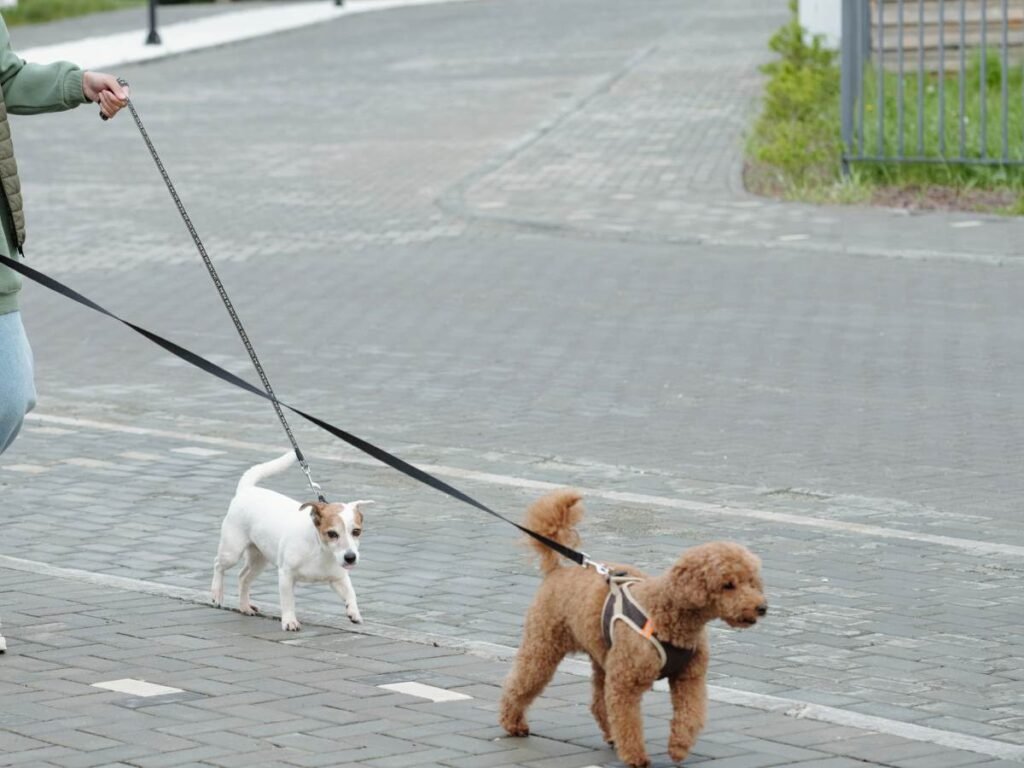
Some dogs need additional guidance, especially if pulling is severe, combined with anxiety, or part of reactive behavior (barking, lunging, etc.). If you find the problem difficult to manage on your own, working with a professional dog trainer in North York can make a huge difference. You can explore tailored training programs through the comprehensive dog training services offered by Hello Pets Inc.
Professional guidance helps ensure training remains humane, effective, and customized for your dog’s needs.
Additional Tips for a Pleasant Walking Experience
- Keep training sessions short—5 to 10 minutes at a time
- Use a calm, confident tone during walks
- Avoid training when you are rushed or frustrated
- Practice every day for consistent improvement
With consistency, most dogs show noticeable progress within a few weeks.
For more tips on leash training and positive reinforcement techniques, check out our related articles to continue improving your dog's leash manners.
Read More: Positive Reinforcement vs Punishment: Which Dog Training Method Really Works?
FAQ: Dog Pulling, Biting, and Training (Helpful for North York Dog Owners)
1. Why does my dog pull more when we walk near busy streets?
Dogs become overstimulated by noises, scents, and movement. Busy North York streets offer many distractions, making it harder for them to focus. Gradual exposure helps reduce overstimulation over time.
2. Can leash pulling lead to biting or reactive behavior?
Yes. Dogs that become frustrated or anxious on walks may develop reactive habits such as barking or snapping. Correcting leash manners early helps prevent these issues.
3. How do I stop my dog from biting the leash during walks?
Give your dog an alternative behavior such as holding a toy, reward calm walking frequently, and avoid tugging the leash away. Teaching impulse-control commands like “leave it” also helps.
4. Is leash training different for puppies versus adult dogs?
The principles are the same, but puppies require shorter sessions and more repetition. Adult dogs may have stronger habits, so consistency is essential, but both can learn successfully.
5. What if my dog pulls only when seeing other dogs?
This is commonly excitement or reactivity. Practice distance training—reward calm behavior while staying far enough away that your dog does not react. Slowly close the distance over time.
6. How do I prevent my dog from biting strangers during walks?
Teach controlled walking, avoid letting strangers approach too quickly, and reinforce calm behavior around people. If biting risk is present, seek professional training support immediately.
7. When should I consider professional dog training?
If pulling is persistent, combined with anxiety, or difficult to control even after consistent practice, working with a certified trainer is recommended. Professional guidance ensures safe and tailored training.
